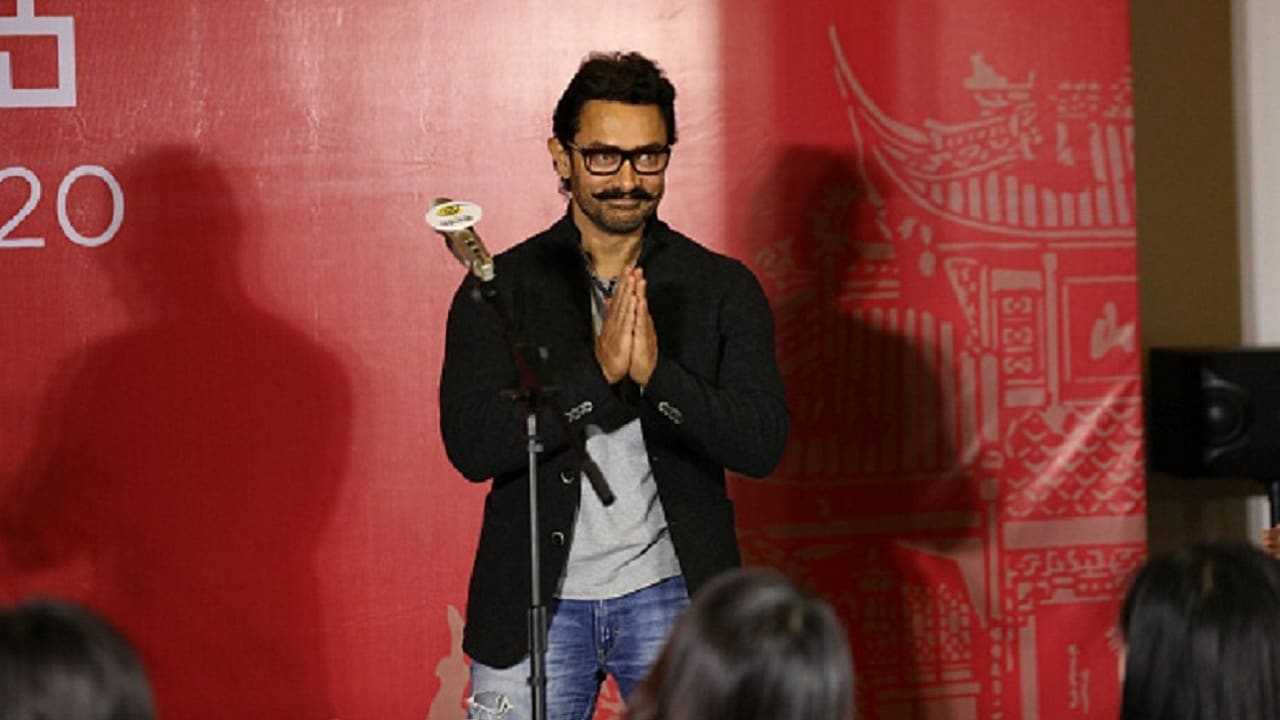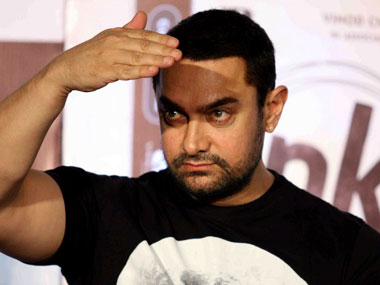In Khaled Hosseini’s novel And the Mountains Echoed, one of the characters says, “For courage, there must be something at stake.” This also seems true of many of the A-List filmmakers and actors when it comes to popular films in India, at least Hindi and Tamil films. Courage for them translates into making the stakes bigger, rather than pushing the envelope. The manner, in which the budget (read: stakes) needs to get visibly bigger with every ‘next’ film that a Sanjay Leela Bhansali or Shankar make, leaves no doubt in one’s mind that the bigger the brand, the bigger the stakes need to be. If not then it probably does not seem justified.
When it comes to the actors, the stakes get higher as well but only in a different way - the more commercial success a star begins to enjoy in India, the harder it becomes for them to see themselves play ‘regular’ characters. It is not like male stars such as Aamir Khan and Kamal Haasan cannot play ’normal’ characters but when it comes to them, the term ’normal’ tends to get a new definition.
The unconfirmed rumours of Aamir Khan reprising the role played by Tom Hanks in an official Hindi remake of Robert Zemeckis’ Forrest Gump (1994) is one of the latest instances where the set-up needs to befit the star. The idea of Forrest Gump in Hindi fits nattily into the Aamir Khan universe . The setting of the film is as important in terms of the context as the actor portraying the central character. In the original, Hanks plays a slow-witted man from Alabama with a heart of gold, who witnesses several defining historical events in the 20th century US.
[caption id=“attachment_3502261” align=“alignnone” width=“1280”]  Aamir Khan. Facebook[/caption]
One of the biggest stars for nearly the last two decades, Khan has maintained a balance between the kind of projects he undertakes. You would find him indulge every now and then in a typical tentpole production (Raja Hindustani, Mann, Ghajini, Dhoom 3, Thugs of Hindostan ) but at the same time, attempt something unpredictable, comparatively at least, such as 1947 - Earth, Taare Zameen Par (which he was originally supposed to only act in and not direct), Dhobi Ghat, Dil Dhadakne Do (he was the voice of Pluto, the dog) and _Secret Superstar_.
Actors like Aamir and Kamal Haasan made headlines when they made a departure from the prevailing trends of their respective eras, namely the 1980s and the 1990s, when it came to playing the everyman. The manner in which Haasan was visibly understated in films Raja Paarvai (1981), Swati Mutyam (1986), Nayakan (1987) Gunaa (1991) and Mahanadi (1993), or Khan attempted a Raakh (1989) or even the harassed uncle of three kids in Hum Hai Rahi Pyar Ke (1993) stood apart from the rest. Their immediate competitors (Rajinikanth and Shah Rukh Khan) enjoyed bigger box office successes but both struck gold by making the entire project unique by blending in social issues. It began with with Haasan’s Indian (1996), which was released in Hindi as Hindustani (1996), and followed by Sarfarosh, Lagaan and 3 Idiots. They rose above competition in the traditional sense of the word.
Aamir was also one of the first amongst his contemporaries in Bollywood who began to include a kind of societal commentary in his films without trading the commercial feasibility, such as Sarfarosh (ISI sponsored funding of cross-border terrorism and secessionist forces), Rang De Basanti (nationalism in today’s day and age), 3 Idiots (burden of expectations from children) and Dangal (girl-child empowerment). Much like Manoj Kumar, Khan, too, has come to be seen as some kind of a socially responsible filmmaker but unlike Kumar, Khan’s stardom has, in fact, only increased post this turn. Khan has also in some ways inspired Akshay Kumar to attempt a genre of social films that have been commercial blockbusters as well, like Toilet: Ek Prem Katha and Padman .
Unlike the stars of the yesteryear that insisted on playing the common man as plainly as possible because that in some ways made the character stand apart from the routine filmy heroes they were used to playing, actors today look at it differently. Had a film such as Toilet- Ek Prem Katha been made a few decades ago, the film would have followed the typical ‘art film’ of yore template with Kumar and Bhumi Pednekar forced to go for the ‘realistic’ look, rendering the film to resemble a docudrama. In this aspect, both Aamirvand Akshay have reached a kind of an enviable position in this careers where scripts, that would probably find it difficult to get approval at a conceptual level (Rang De Basanti, Dangal, Toilet: Ek Prem Katha or Padman), are now a genre unto themselves. Their films such as Gold and the upcoming _Kesari_ , which is inspired from the epic Battle of Saragarhi, or the proposed Forrest Gump remake, are now treated as annual events by the ticket-paying audience. They look forward to such films. Their heroes play a bit of them on screen but more importantly, also make themselves look bigger than their already larger than life idols.


)
)
)
)
)
)
)
)
)



